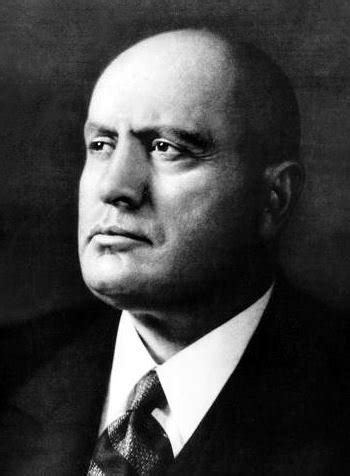How Did Mussolini Come to Power? The Rise of Fascism in Italy
The rise of Benito Mussolini and the Fascist Party in Italy wasn't a sudden event but a gradual process fueled by post-World War I instability, economic woes, and widespread disillusionment with traditional political structures. Understanding this ascent requires examining several key factors.
The Seeds of Fascism: Post-War Italy
Post-War Discontent: Following Italy's involvement in World War I, the country faced significant challenges. Despite being on the winning side, Italy received less territorial gain than promised, leading to widespread resentment and a sense of betrayal among the populace. This fueled nationalistic sentiment and a desire for strong leadership.
Economic Instability: The war's economic burden crippled Italy. Inflation soared, unemployment skyrocketed, and widespread poverty became commonplace. This created fertile ground for extremist ideologies promising solutions to the nation's problems.
Political Instability: Italy's parliamentary system proved ineffective in addressing the pressing issues facing the nation. Weak coalition governments frequently collapsed, leaving the country politically fragmented and vulnerable to populist movements. This created a power vacuum that Mussolini skillfully exploited.
Mussolini's Strategic Ascent
Building the Fascist Party: Mussolini established the Fascist Party in 1919, skillfully leveraging the existing nationalistic fervor and anti-communist sentiment. His party's message resonated with many Italians yearning for order, stability, and a strong national identity.
Violence and Intimidation: The Fascists weren't shy about using violence and intimidation to silence opposition and consolidate power. Squadristi, paramilitary squads, engaged in brutal attacks against political opponents, trade unionists, and socialists, creating an atmosphere of fear and suppressing dissent.
Exploiting Fear: Mussolini masterfully used propaganda and fear-mongering to portray himself as the only person capable of saving Italy from chaos and communism. He presented himself as a strong leader who could restore order and national pride.
The March on Rome: In October 1922, the Fascists launched the "March on Rome," a carefully orchestrated demonstration of strength. While not a full-scale military assault, it created enough pressure on King Victor Emmanuel III to appoint Mussolini as Prime Minister. This was a critical turning point, effectively handing power to the Fascists.
Consolidating Power: From Prime Minister to Dictator
Legal Manipulation: Once in power, Mussolini gradually dismantled democratic institutions and consolidated his authority. He used legal means, initially, to gradually suppress opposition parties and seize control of the state apparatus.
Cult of Personality: Mussolini skillfully cultivated a cult of personality, presenting himself as a charismatic and infallible leader. Propaganda played a crucial role in shaping public perception and ensuring his continued support.
Repression and Control: As his power solidified, Mussolini unleashed increasingly brutal repression against any form of opposition. Political opponents were imprisoned, exiled, or murdered. The Fascist regime established a totalitarian state with complete control over all aspects of Italian life.
Conclusion: A Recipe for Authoritarianism
Mussolini's rise to power serves as a stark reminder of how societal instability, economic hardship, and political fragmentation can create an environment ripe for the ascension of authoritarian regimes. His strategic use of propaganda, violence, and political maneuvering allowed him to seize control of Italy and establish a brutal dictatorship. Understanding this historical context is crucial for appreciating the enduring dangers of unchecked nationalism and populism.
